What Is Fiber Bend Radius For Fiber Optic Cable?
The post, “What Is Fiber Bend Radius For Fiber Optic Cable?” demystifies the crucial concept of bend radius in fiber optic cables, emphasizing its importance in maintaining signal integrity and preventing damage. It touches on the pivotal features of bend radius, such as its influence on the cable’s performance and longevity. The post highlights the advantages of adhering to recommended bend radius guidelines, including enhanced durability, reduced signal attenuation, and optimal transmission efficiency. Distinctively, it provides practical insights into best practices for cable installation, ensuring readers understand how to maximize their fiber optic network’s reliability and functionality.

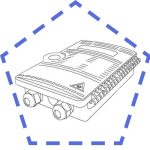 Fiber Optic Termination Boxes
Fiber Optic Termination Boxes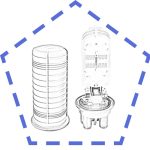 Fiber Optic Splice Enclosures
Fiber Optic Splice Enclosures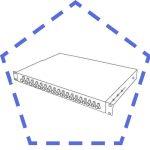 Fiber Patch Panels
Fiber Patch Panels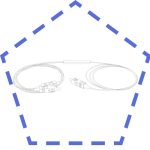 Fiber Optic Splitters
Fiber Optic Splitters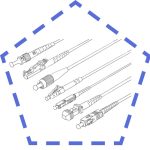 Fiber Optic Pigtails
Fiber Optic Pigtails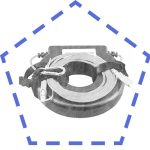 OTDR Launch Cables
OTDR Launch Cables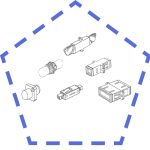 Fiber Optic Adapters
Fiber Optic Adapters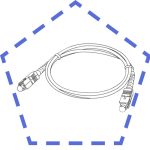 Fiber Optic Patch Cords
Fiber Optic Patch Cords